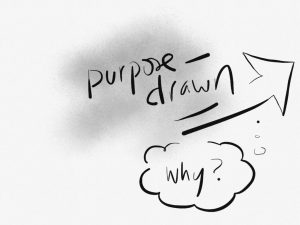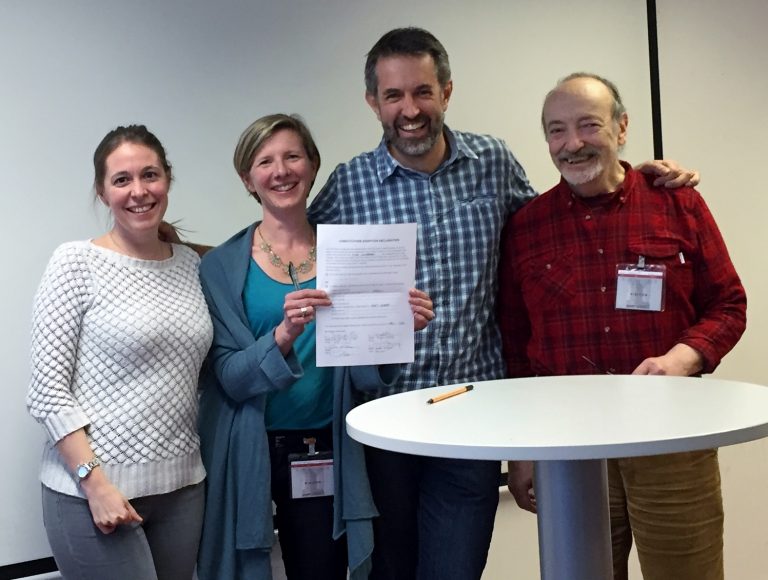Why organisational cultures are like reindeer
I’ve just returned from Estonia, where I was delivering a keynote on leadership (I decided to focus it on three themes: relationships, meaning & purpose, and innovation & courage). While driving down a freeway, I saw a “beware of the reindeer” sign, which reminded me of something I was once told about reindeer and roads. Having seen a dead reindeer on the road in Finland, I had a fascinating conversation with my Finnish travelling companion about these big animals.
I was led to believe that reindeer follow the paths that they follow because they are somehow able to leave a scent with their hooves. The next reindeer simply follows the scent left by the previous reindeer, and so on. This served a purpose when reindeers evolved this remarkable ability, of course, because it meant they didn’t get lost in the forest, or lose the herd, or some other such reindeer equivalent of a bad-hair day. But it’s not served them so well since the advent of the motorway, as these traditional paths often led them into the paths of fast-approaching cars. The Finnish authorities, in an attempt to reduce the carnage, had built fences along the roadside and subways for the reindeer – tunnels under the road so that they could cross safely. The snag was, these tunnels had no reindeer-hoof-scent, and so the reindeers would persist in following the old paths, breaking through the fences, and inevitably meeting a sticky end. So the expensive tunnels fail to have the desired effect.
The only solution, it seems, is to drag an unsuspecting reindeer through the newly-built tunnel so that it lays a scent, and then, slowly, the other reindeer with follow. Eventually, the tunnel becomes the accepted pathway, and peaceful co-existence between human and deer returns.
I don’t know how true this is, or what it says about which kids get presents from Santa Claus. But regardless, got thinking how much this is like our organisational cultures. So often, we do things in organisations because “that’s the way they’ve always been done”. And often that “way we do things” served a very good purpose when it was created. But it no longer serves us. I remember one project with a public sector client. In an attempt to bring more accountability into their culture at a time when it was chaotic and sometimes unethical, they had put lots of controls in place. You had to fill out forms and get approvals for everything. While this had instilled accountability, it had nearly killed innovation. People had forgotten why the tighter processes were put in place, and just followed them (often resentfully). Our challenge was to bring back the innovation, without losing the positive aspects of accountability.
One of the solutions which we co-created with the client was a blend of the two. Form-filling seemed to work pretty well in this place. So we designed a step where a staff member who had a bright idea which would “break the mould” and go against an existing process for the sake of doing the right thing, could simply propose to do so by filling out a form. A bit like the first reindeer being dragged through the tunnel, this would create new habits of challenging ideas and doing what was right rather than what the process prescribed, until others followed and this became more of the norm.
Reconsider:
- What is done in your organisation for no other reason than “that’s the way we’ve always done things around here”?. What might be possible if you found a new path?
- How would you forge this new path, so that it moves from being the exception to the norm?



